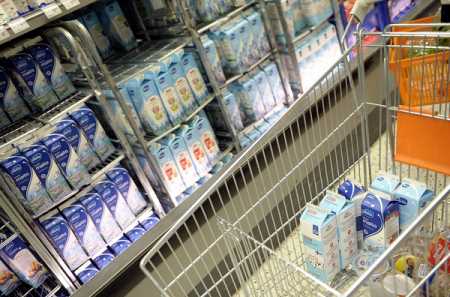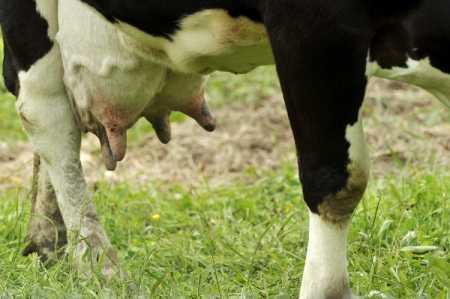Mon, 30 Dec, 2013 12:00:53 AM FTimes- Xinhua Report by Hanna Kayra, December 30  File Photo Lehtikuva. With the end of quota system at sight in 2015, the cost effective but labor intensive milk production in Finland is facing challenges in the coming years.
Milk consumption in Finland is one of the highest in the world even though it has fallen to one third of its highest level in the 1950's, according to the Finnish Dairy Nutrition Council and Agricultural Statistics.
Historically in the northern European countries people tend to drink milk more than in southern Europe due to earlier decades' milk preservation problems.
Per capita milk consumption in Finland totaled 130 litres in 2012, which has been an average rate during this decade.
Docent Pia Jallinoja, head of research in the National Consumer Research Centre, said there are many reasons for the Finns' preference for milk.
"It is partly because of our long tradition of agricultural policies. In addition, especially children drink a lot of milk due to recommendations of health officials. And unlike meat and prepared food, it has not been part of any food scandals," said Jallinoja.
Jallinoja reminded that not so long ago Finland was an agricultural country where milk was an important source of energy and nutrition.
Nowadays dairy consumption has changed. Yoghourt and cheese are on the rise.

File Photo Lehtikuva. Jallinoja predicted that as a future trend milk consumption will reduce especially among adults. Milk is being used more with coffee as a caffe latte and less as a food beverage.
In the early 1990s there were over 45,000 milk producers in Finland. Since the year 2012 the total number has been less than 10,000.
According to Agricultural Statistics, milk production has nevertheless stayed almost at the same level. Approximately 2,200-2,400 million liters of milk is annually produced in Finland.
Agrologist Jaakko Ahola from the Central Union of Agricultural Producers and Forest Owners (MTK) believed that it is because producers' unit sizes have grown and the average milk output is increasing too.
Ahola himself is planning to continue his parents' farm and sees a lot of potential in the dairy industry area.
"I believe Finnish milk industry will be strong in the future as well. To make domestic animal production profitable, entrepreneur has to have a genuine interest to the animals and care about their wellbeing. 90 percent of the know-how is so called 'cattle-eye'."
In their negotiations on the future of the Common Agricultural Policy (CAP), the European Commission, the Council of Agriculture Ministers and the European Parliament agreed on June 26, 2013, to end a market regime, whose basic elements of a quota system has been in place since 1984.
Future policies on unit and production facility support of the milk industry seem better than expected, but yet challenging, especially for Finland.
"In the long run, agricultural subsidy isn't going to be increased but redistributed among farmers and producers. The abolishment of European Union milk quotas in 2015 will change global milk markets into more unpredictable direction which leads to increasingly intense competition for sure," said Ahola.
MTT Agrifood Research Finland, Economic Research has made similar conclusions in their recent report -- Impacts of phasing out EU milk quotas on Finnish milk sector.
"The results suggest that the relative position of Finland as a milk and dairy product producer will become weaker when milk quotas do not constrain production in the EU," noted the report.
Due to the low temperature and strictly followed criteria, Finnish dairy sector production costs, as well as the producer price of milk, are among the highest in the EU. Including the value for farm labor, the milk production cost will be about 50 cents per litre.
The self-sufficiency rate of dairy products varies between 110 to 130 percent, partly due to the milk quota system. Any changes in the EU and Russian markets or in quota system may have large impacts on Finland.
More News
|
|
Finland Times
| Monday, 29 April, 2024 |

